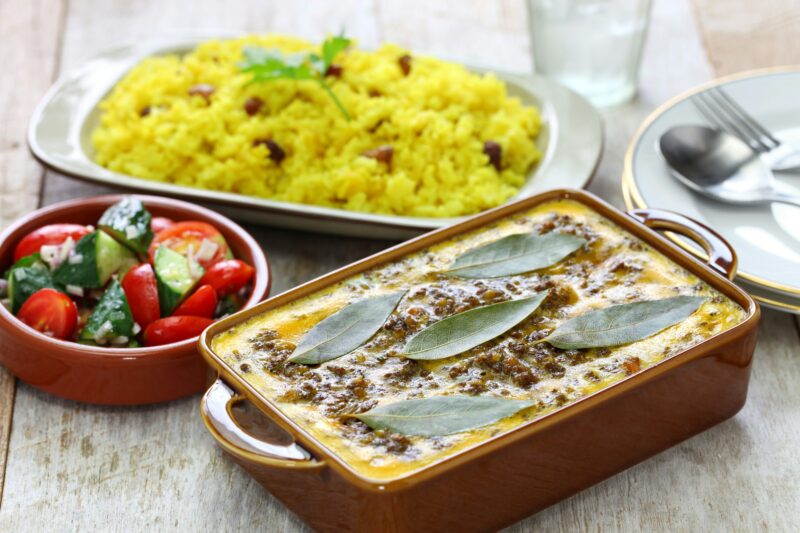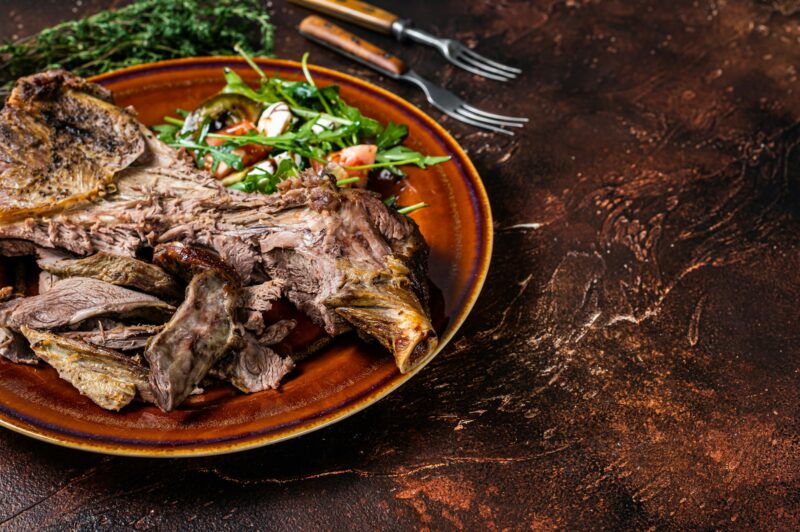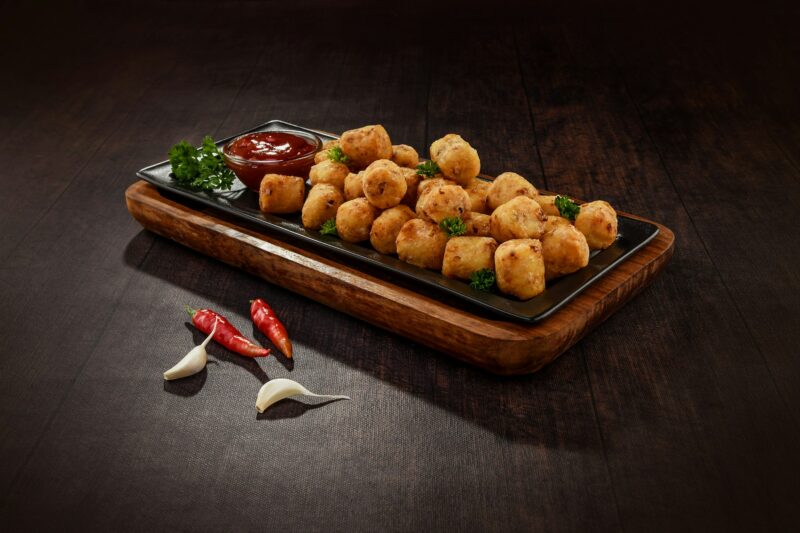“From Mogadishu to Hargeisa: A Culinary Journey Through Somalia” is an engaging book that vividly explores the diverse culinary culture of Somalia, taking readers on a flavorful adventure from the city of Mogadishu to Hargeisa. This culinary journey delves into the vibrant and rich traditions that define Somali cuisine, offering a unique and insightful exploration of the country’s food culture.
From aromatic spices to traditional dishes, the book provides a captivating portrayal of the culinary landscape, shedding light on the significance of food in Somali society. It’s a fascinating exploration of a lesser-known culinary tradition that promises to spark the interest of food enthusiasts and cultural explorers alike.
Ancient Culinary Traditions
In Somalia, culinary traditions are shaped by nomadic lifestyle. Arab traders influenced Somali cuisine with spices.
Traditional Ingredients And Spices
Somali cuisine highlights fresh ingredients such as lamb, camel, and goat meat. Key flavors include cumin, coriander, and turmeric.
The signature spices in Somali cooking are cayenne pepper, cardamom, and saffron. These spices give depth and aroma to traditional dishes.

Staple Foods
Staple foods in Somalia are a vital part of their rich culinary heritage. One popular Somali dish is the Anjero, also known as the Somali pancake. Made from a fermented batter of rice, wheat, or corn, Anjero is cooked on a flat griddle and has a spongy texture. It is often served with stews or curries and enjoyed as a breakfast or snack.
Canjeero is another traditional bread that holds a special place in Somali cuisine. Similar to Anjero, Canjeero is made from a fermented batter, but with the addition of yeast and a longer fermentation process. It is thicker and has a fluffy texture, often likened to a pancake or a thick crepe. Canjeero can be enjoyed with a variety of toppings, such as honey, ghee, or savory stews.
Regional Delicacies
Embark on a culinary journey through Somalia, exploring the regional delicacies that define its rich food culture. Indulge in the delectable sweetness of Xalwo, a traditional sweet treat enjoyed across the country. Delight your taste buds with the vibrant flavors of Suugo Suqaar, a spiced meat stew that captures the essence of Somali cuisine. Experience the diverse and authentic flavors that reflect the unique culinary heritage of Mogadishu to Hargeisa.
Street Food Culture
Sambuusa – The Savory Pastry is a popular street food in Somalia. It is a triangular-shaped pastry filled with spiced meats such as beef or lamb, as well as vegetables. The pastry is deep-fried to crispy perfection and is often served with a side of hot chili sauce. Somali people enjoy sambuusa as a quick and tasty snack on the go.
Basta – A Flavorful Barbecue is another beloved street food in Somalia. It consists of marinated pieces of meat, typically goat or beef, skewered and grilled over an open flame. The meat is often accompanied by a variety of side dishes such as rice, flatbread, and a colorful array of fresh salads. Basta is a staple of Somali street food culture, bringing together bold flavors and aromatic spices.

Influence Of Somali Diaspora
From the bustling streets of Mogadishu to the vibrant city of Hargeisa, Somalia’s culinary traditions have found their way into the hearts and stomachs of people around the world. The influence of the Somali diaspora has spread the country’s flavors far and wide, creating a global appreciation for this unique cuisine.
Exploring Somali restaurants abroad unveils a rich tapestry of flavors and dishes that have been adapted to suit different cultures and tastes. In various Western countries, Somali cuisine has fused with local ingredients and cooking styles, resulting in a tantalizing fusion cuisine.
The blending of Somali flavors with Western ingredients has produced innovative and exciting dishes. Imagine aromatic Somali spices infusing classic Western dishes like pasta, burgers, and pizzas. This cross-cultural adaptation has not only delighted the Somali diaspora but has also captivated the palates of locals.
So, whether you’re in Mogadishu, Hargeisa, or a Western country, be sure to embark on a culinary journey through Somalia and indulge in the diverse and delicious flavors that this unique cuisine has to offer.
Preserving Culinary Heritage
The role of food in Somali culture is deeply ingrained, with dishes holding significant meaning. Efforts are ongoing to document traditional recipes to ensure they aren’t lost. By recording these culinary practices, future generations can continue to enjoy and appreciate Somali cuisine for years to come.

Frequently Asked Questions Of From Mogadishu To Hargeisa: A Culinary Journey Through Somalia
What Are Some Popular Somali Dishes To Try?
Somali cuisine offers a rich variety of dishes, including sambusas, canjeero, and xalwo. For a truly unique experience, be sure to try the flavorful and aromatic camel meat dishes, such as suqaar or cambuulo.
How Does Somali Cuisine Reflect The Country’s History?
Somali cuisine reflects the country’s history through its diverse influences, including Arab, Persian, Turkish, and Italian flavors. The blend of these influences creates a unique culinary identity, showcasing the rich cultural heritage of Somalia.
Are There Specific Dining Customs To Be Aware Of In Somalia?
In Somalia, it is common to eat with your hands, using injera or canjeero to scoop up food. Sharing a meal is a sign of hospitality, and it’s customary to accept food or drinks offered by the host as a gesture of respect and friendship.
Conclusion
Embark on a delightful culinary journey through Somalia, from Mogadishu to Hargeisa, and experience the vibrant flavors and rich cultural heritage this country has to offer. Delight your taste buds with mouthwatering dishes, discover traditional cooking techniques, and savor the fusion of aromatic spices.
Let the tantalizing aromas and delectable flavors transport you to the heart of Somalia. Don’t miss the chance to explore this hidden gem of African cuisine and satisfy your culinary curiosity.